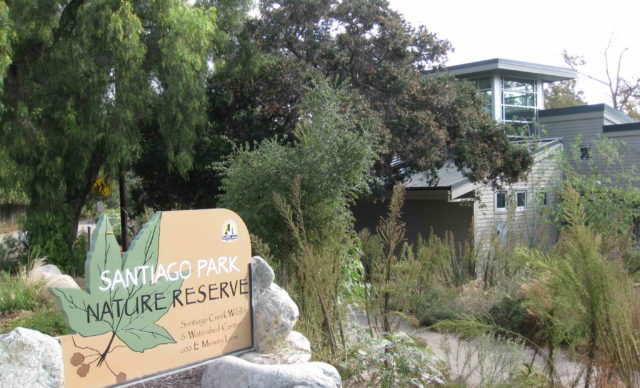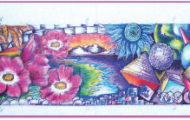
Santiago Park
600 East Memory Lane, Santa Ana, CA 92705
Santiago Park, running along the Santiago Creek close to the Santa Ana River, is a historic and archaeological site. Due to the Great Depression and the 1930s Dust Bowl, people who lost their homes settled along the Santiago Creek Watershed in shanty-towns. Santiago Park’s inception and construction began in 1935 as a project of the Works Progress Administration. Workers dumped debris into the creek bed to create the channel walls, preventing water from the Santiago Creek from flooding into the neighborhoods and orange, avocado, and walnut groves.
The Santiago Park Wildlife and Watershed Center’s mission is to educate and inform the Santa Ana community and Orange County residents of the importance of environment and habitat restoration, as well as plant and wildlife protection. The Center hosts summer programs for students to learn more about the park and nature in general. The nearby Discovery Science Center boasts a variety of educational, hands-on exhibits that also encourage the public to learn more about scientific phenomenon. It is a prime destination for school field trips, and Santiago Park has become an ideal lunch spot for the students and teachers.
Written By Carl Privette


